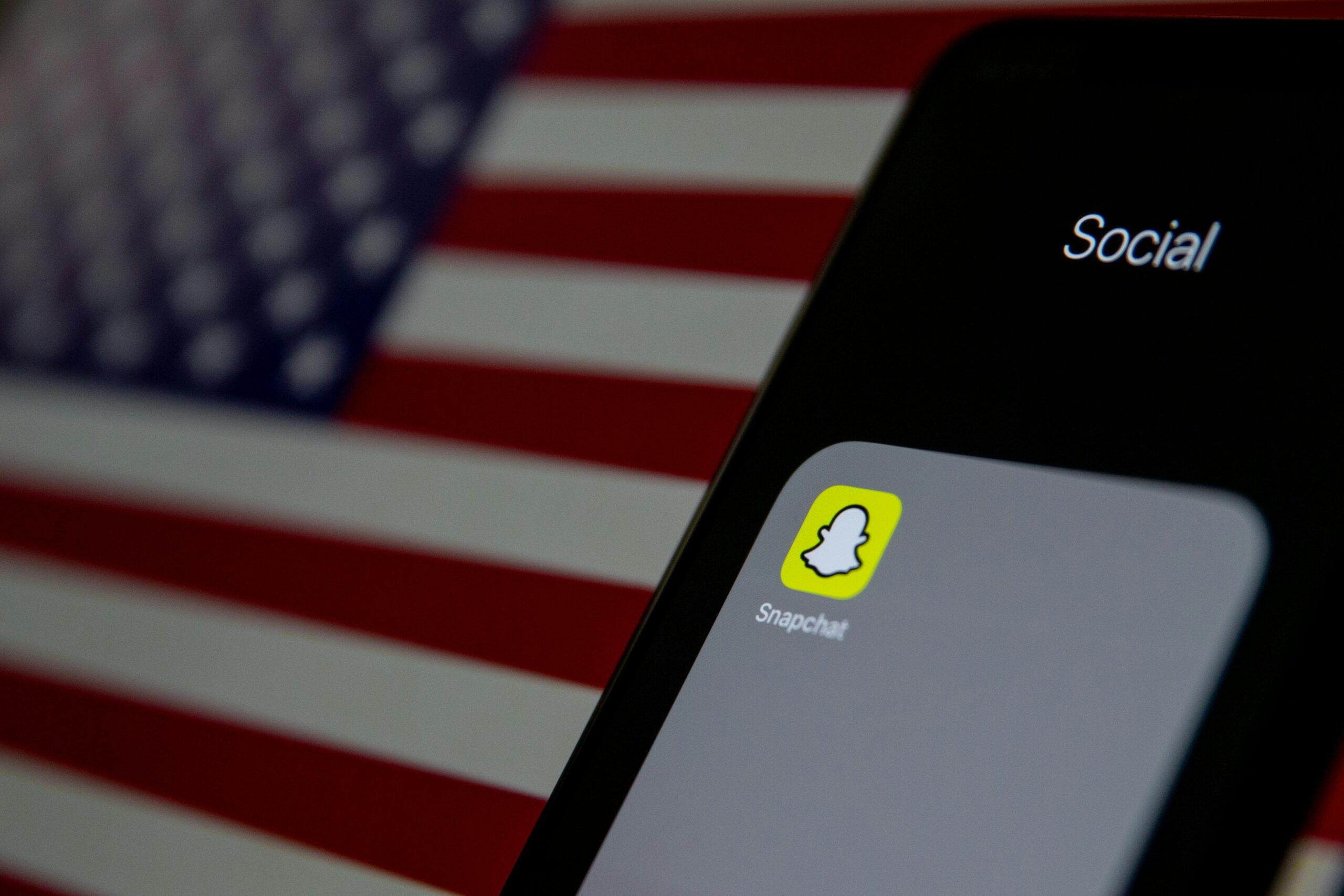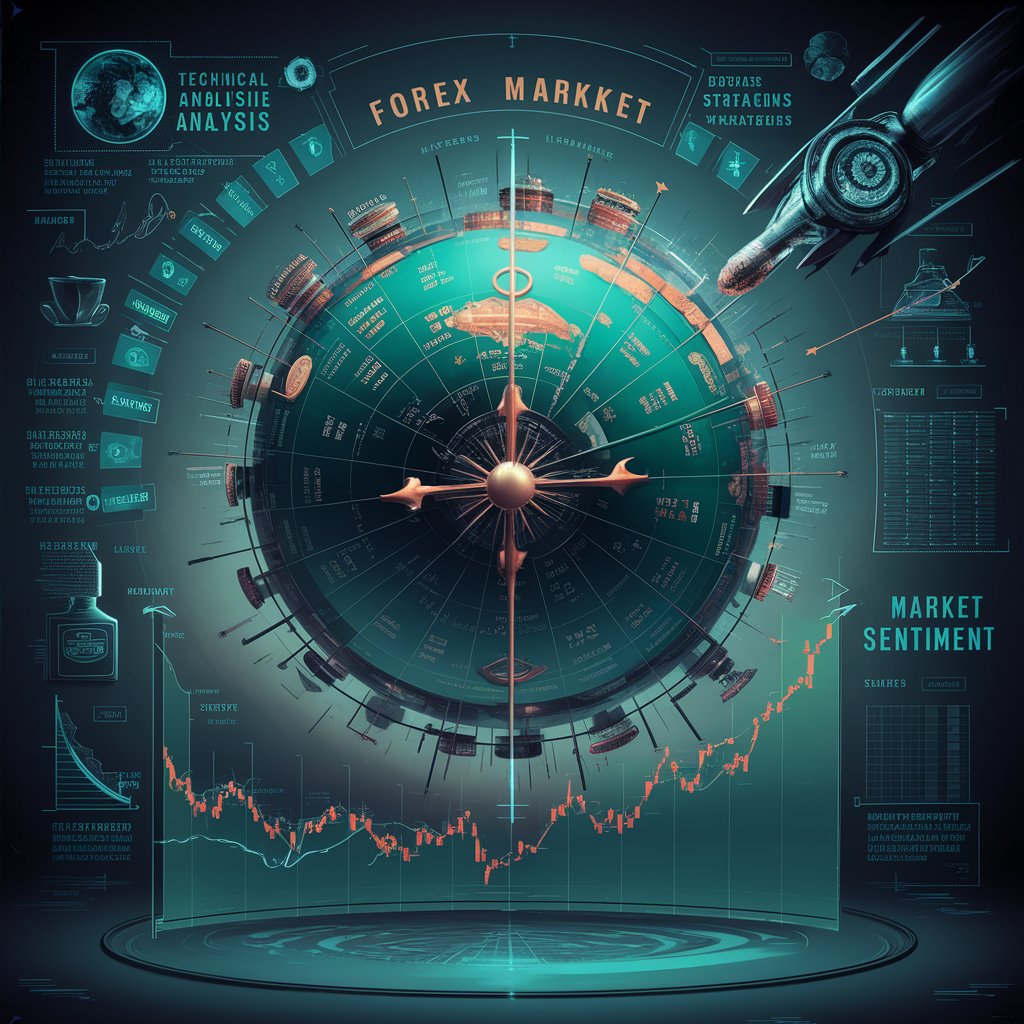Snapchat has made significant strides in revolutionizing brand advertising through the introduction of cutting-edge Augmented Reality (AR) and Machine Learning (ML) tools. These advancements have not only transformed how brands interact with users but have also redefined the landscape of digital marketing. By leveraging AR and ML technologies, Snapchat has empowered brands to create immersive and personalized advertising experiences that resonate deeply with their target audiences.
Evolution of Snapchat’s AR and ML Capabilities
Snapchat’s journey into AR and ML began with the introduction of Lenses, which allowed users to overlay digital animations and effects onto their selfies. This initial foray laid the groundwork for more sophisticated AR experiences that merge the virtual and physical worlds seamlessly. Over time, Snapchat has enhanced its AR capabilities by integrating ML algorithms that enable real-time object recognition, scene segmentation, and advanced facial tracking.
1. AR Lenses and Filters
Snapchat’s AR Lenses and Filters remain one of its most iconic features. These interactive overlays enable users to transform their appearances, surroundings, and even engage in branded experiences. For brands, these Lenses provide a unique opportunity to create playful and memorable interactions with users, thereby increasing brand awareness and engagement.
2. Marker-Based and Markerless AR
Snapchat has developed both marker-based and markerless AR experiences. Marker-based AR utilizes specific triggers, such as QR codes or designated images, to activate digital content. On the other hand, markerless AR leverages ML algorithms to identify and interact with the user’s environment in real-time. This versatility allows brands to deploy AR campaigns tailored to different contexts and user behaviors.
3. AR Try-On Experiences
Snapchat has pioneered AR try-on experiences, particularly in the beauty and fashion industries. Users can virtually try on makeup, sunglasses, apparel, and accessories, providing them with a realistic preview before making purchasing decisions. Brands benefit from increased consumer confidence and engagement, leading to higher conversion rates and reduced return rates.

Impact of Snapchat’s AR and ML Tools on Brand Advertising
1. Enhanced Engagement and Interactivity
Snapchat’s AR and ML tools have transformed brand advertising by making it more interactive and engaging. Rather than passively consuming content, users actively participate in immersive experiences that blend entertainment with advertising messages. This heightened engagement translates into longer user sessions and increased brand recall.
2. Personalized Brand Experiences
ML algorithms enable Snapchat to deliver personalized AR experiences based on user preferences, behaviors, and demographic data. Brands can customize content in real-time, ensuring relevance and resonance with diverse audience segments. Personalization fosters a deeper connection between brands and consumers, leading to enhanced loyalty and advocacy.
3. Real-Time Analytics and Insights
Snapchat provides brands with robust analytics tools that offer real-time insights into campaign performance. Metrics such as reach, engagement rates, and user interactions enable brands to optimize their AR campaigns continuously. ML algorithms analyze user behavior patterns to uncover actionable insights, informing future marketing strategies and content development.
4. Brand Safety and Transparency
Snapchat prioritizes brand safety and transparency by implementing stringent guidelines and monitoring mechanisms. ML-powered content moderation tools detect and mitigate harmful or inappropriate content, safeguarding brand reputation and user trust. This proactive approach reassures advertisers and encourages sustained investment in Snapchat’s advertising ecosystem.
Successful Case Studies and Examples
1. Nike
Nike leveraged Snapchat’s AR capabilities to launch interactive campaigns, such as AR try-on experiences for sneakers and apparel. Users could virtually try on products, customize designs, and share their experiences with friends. These campaigns not only drove engagement but also increased product visibility and sales.
2. Sephora
Sephora integrated Snapchat’s AR try-on technology to enable users to virtually try on makeup products in real-time. The AR experience accurately simulated different shades and textures, allowing users to experiment with products before purchasing. Sephora saw a significant increase in app downloads and online sales as a result of these immersive campaigns.
3. Warner Bros. Pictures
Warner Bros. utilized Snapchat’s AR lenses to promote movie releases by creating interactive filters that transported users into scenes from their favorite films. These lenses generated buzz and excitement among moviegoers, driving ticket sales and social media engagement.
Future Trends and Innovations
1. Advanced Facial Recognition
Snapchat continues to innovate in facial recognition technology, enabling more accurate and expressive AR experiences. Future advancements may include personalized avatars and virtual assistants that interact with users in real-time.
2. Spatial Computing
Snapchat is exploring spatial computing technologies that enhance AR experiences in physical environments. These innovations may include persistent AR content and interactive digital overlays in public spaces.
3. AI-Powered Content Creation
ML algorithms will play a crucial role in automating and optimizing AR content creation. AI-driven tools can generate dynamic AR effects, adapt content based on user interactions, and predict trends to stay ahead of consumer expectations.
4. Integration with eCommerce Platforms
Snapchat’s AR and ML tools will increasingly integrate with eCommerce platforms, enabling seamless shopping experiences directly within the app. Users can browse, try on, and purchase products without leaving the AR environment, simplifying the path to purchase for brands.
Conclusion
Snapchat’s commitment to advancing AR and ML technologies has redefined brand advertising by offering immersive, personalized, and engaging experiences to users worldwide. Through AR lenses, marker-based and markerless AR, and AI-powered content creation, Snapchat empowers brands to connect with consumers in innovative ways. The impact of these technologies extends beyond engagement metrics to include enhanced brand loyalty, increased sales, and a deeper understanding of consumer behavior. As Snapchat continues to evolve its AR and ML capabilities, the future of brand advertising promises to be even more interactive, immersive, and transformative.











Leave a Reply